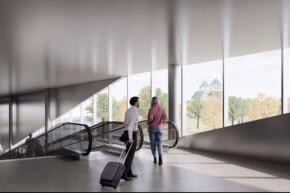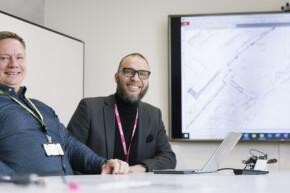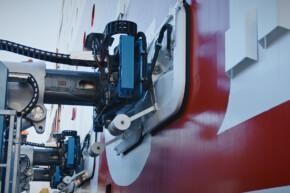Turku’s new terminal is more than just a terminal
In addition to the passenger terminal, the port builder is responsible for a large yard area with related infrastructure and IT networks. This requires knowledge of the needs of ship, train and vehicle traffic as well as familiarity with cybersecurity laws. The Port of Turku’s own personnel have exceptionally long and diverse experience in port construction.
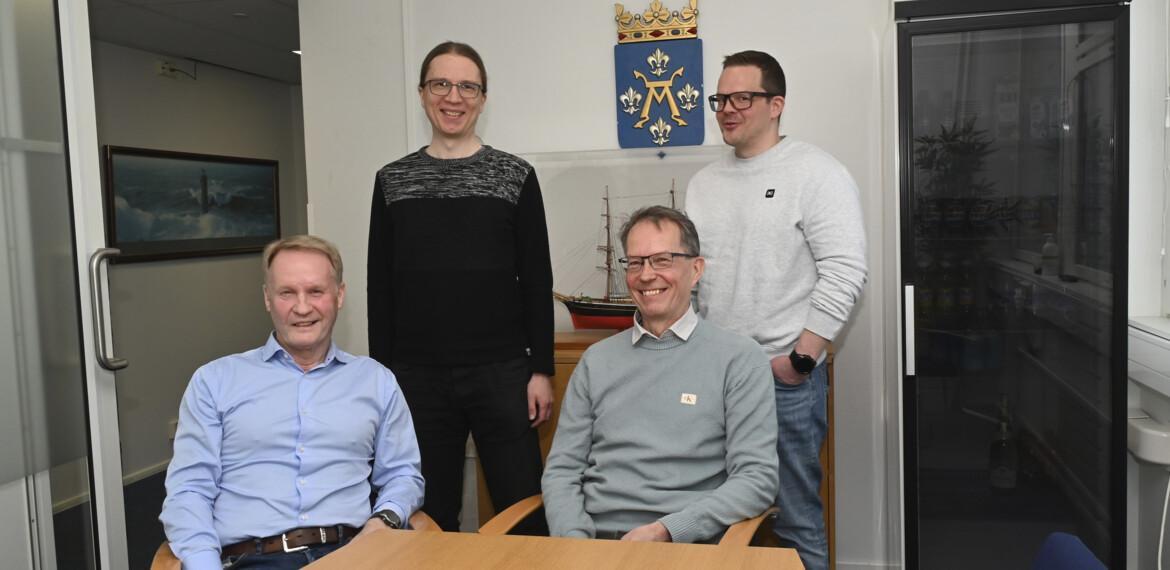
Port construction is not taught comprehensively in any school, so it has traditionally had to be learned first-hand by doing. This is also the case for the Port of Turku, whose first floor office holds a rare and diverse amount of industry experience by Finnish standards.
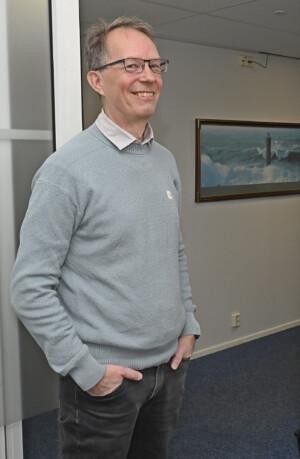
Rumour has it that Technical Director Markku Alahäme, M.Sc., has been working in the building since before the euro was introduced. The rumour seems to be true, as he says he came to work for the Port of Turku in 1997. Technical Specialist Jouni Hildén also has extensive experience, as he has been employed by the Port of Turku for over 20 years. He has done everything from building a logistics centre to dredging fairways.
“Residential construction is so far the only thing I haven’t worked on in the port. The work really varies and maybe that’s why I like it so much. There will inevitably always be surprises in port construction and it’s important to be competent and ready to solve whatever issues arise. The storm surges in 2005 and 2007, Viking Line’s collision with the pontoon bridge and the Boxing Day storm are events that stand out in my mind. They all called for rapid reactions so that the port could continue to operate. We managed to handle all those issues, even at record speed”, Hildén says.
In the past, the Port had its own engineers in charge of maintenance and even pipe fitters, but today most of the services are outsourced to external companies. The art of procurement had to be learnt. This experience proved to be beneficial when the Port of Turku was tasked with the construction of Ferry Terminal Turku.
Multi-disciplinary activities
“A lot of people think we’re just building a terminal, but there’s a lot more to it. Things have to go smoothly, for example, in terms of shipping company operations”, says Juuso Varjonen, Construction Engineer at the Port of Turku.
The yard surrounding the terminal contains old electrical and water pipes and stormwater systems, among other things. Collaborative work is also being carried out with the City of Turku with regard to street construction and things must go smoothly with the new railway route into the area as well.
The IT systems are their own unit and are being coordinated and managed by Pauli Räina, IT Manager for the Port of Turku. The port is part of Finland’s security of supply and must, therefore, operate in accordance with cybersecurity legislation.
“In the past, both Silja and Viking had their own car lanes, but at the shared terminal, they will no longer be separate. We aim to automate port traffic as far as possible and digitalise the traffic control”, explains Räinä.
The ownership relationships will also be changing as a result of the FTT project. Until now, the shipping companies have owned their separate terminals, but the joint terminal is the property of the Port of Turku.
“This gives the Port freedom of choice when it comes to transport operators. In principle, the terminal could also be used during the daytime by a third operator who has a ro-pax vessel similar to the Swedish ferries or even a ro-ro ship”, suggests Alahäme.

Savings are created at the drawing table
Since the beginning, the FTT project has progressed according to its timetable and plans. So far, at least, the project has remained on budget.
“For the Port of Turku, the biggest savings are generated already at the design phase. It is important to be involved at this stage. It enabled us, for example, to reduce costs by narrowing the width of the pier”, Hildén says.
The FTT project came at the right juncture, since builders were in need of work at that time. That usually means multiple and low-cost contract offers.
“Construction materials have also been readily available, but the situation may change once the war in Ukraine ends. After that, they will need the goods to rebuild their infrastructure”, Hildén surmises.
Construction in Turku has proceeded smoothly since the beginning. Hildén has been pleased with the contractor.
“In construction projects, there is always a fear that the parties involved will start arguing with each other. Our project has been characterised by a good team spirit. It makes the whole process easier”, explains the Technical Specialist.
Text and photos: Sari Järvinen

